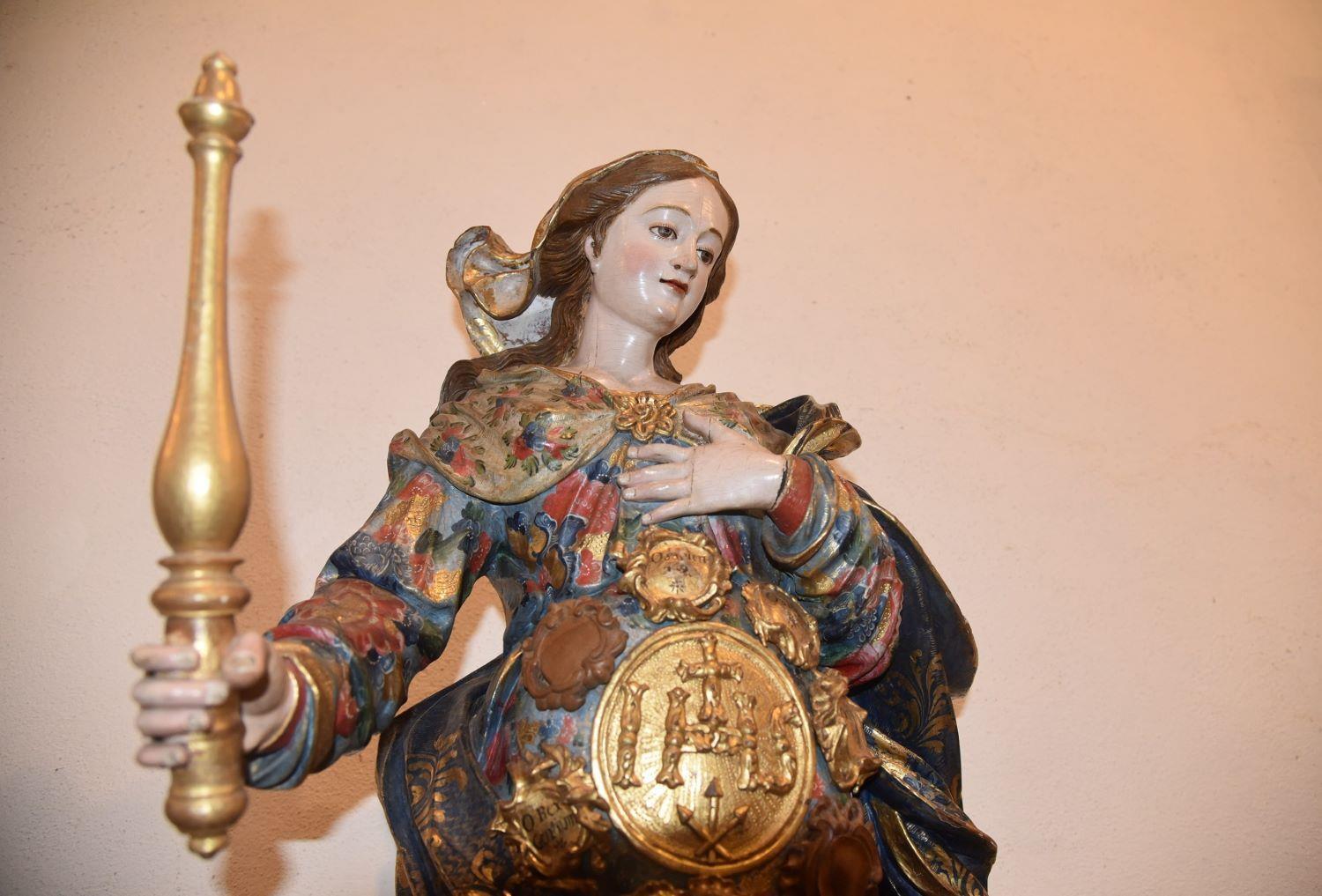Santa Maria de Arouca Monastery
Documented since the 10th century, the Monastery of Arouca became exclusively female from 1154 onwards. But it was in the 13th century that the monastery became established, after D. Mafalda joined, daughter of D. Sancho I, who was buried there. It was also at this time that the monastic community adopted the Cistercian rule in 1226.
Very few traces remain of the medieval monastic installations, due to the two prolonged building campaigns carried out between the 17th and 18th centuries, which gave the complex the shape that it still has today.
The church, designed by the Maltese architect Carlos Gimac, the Choir, the Cloisters, the Refectory and the Kitchen are the highlights, as well as the Museum of Sacred Art, where objects of worship, vestments, pieces of furniture, manuscripts, sculpture, painting, tapestries and goldsmithing transport the visitor to bygone centuries.
Travel with us. See you soon!
